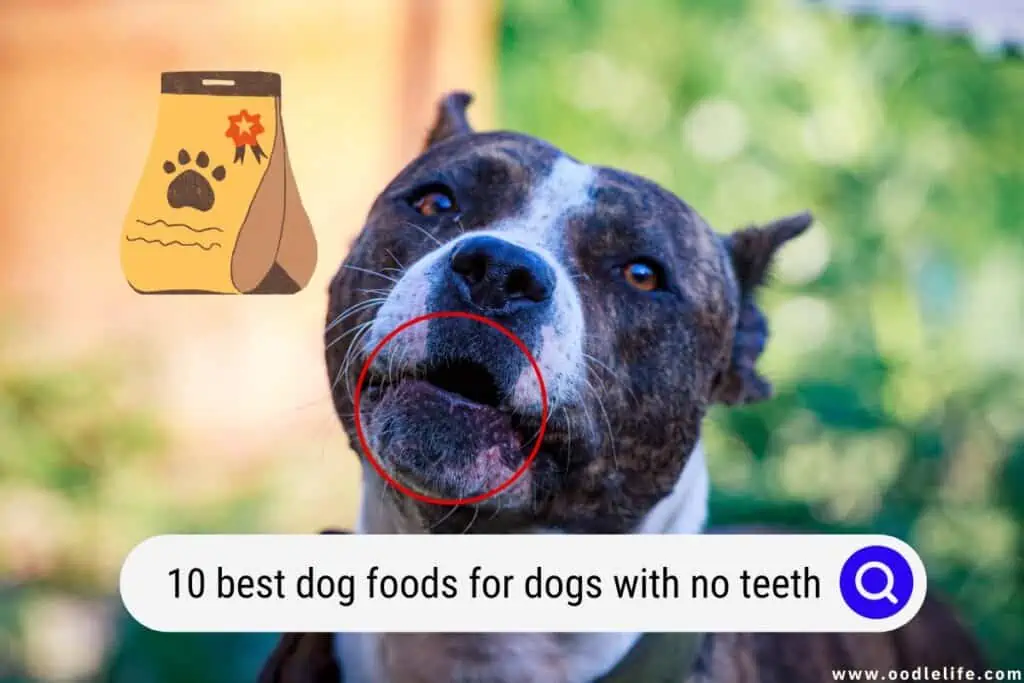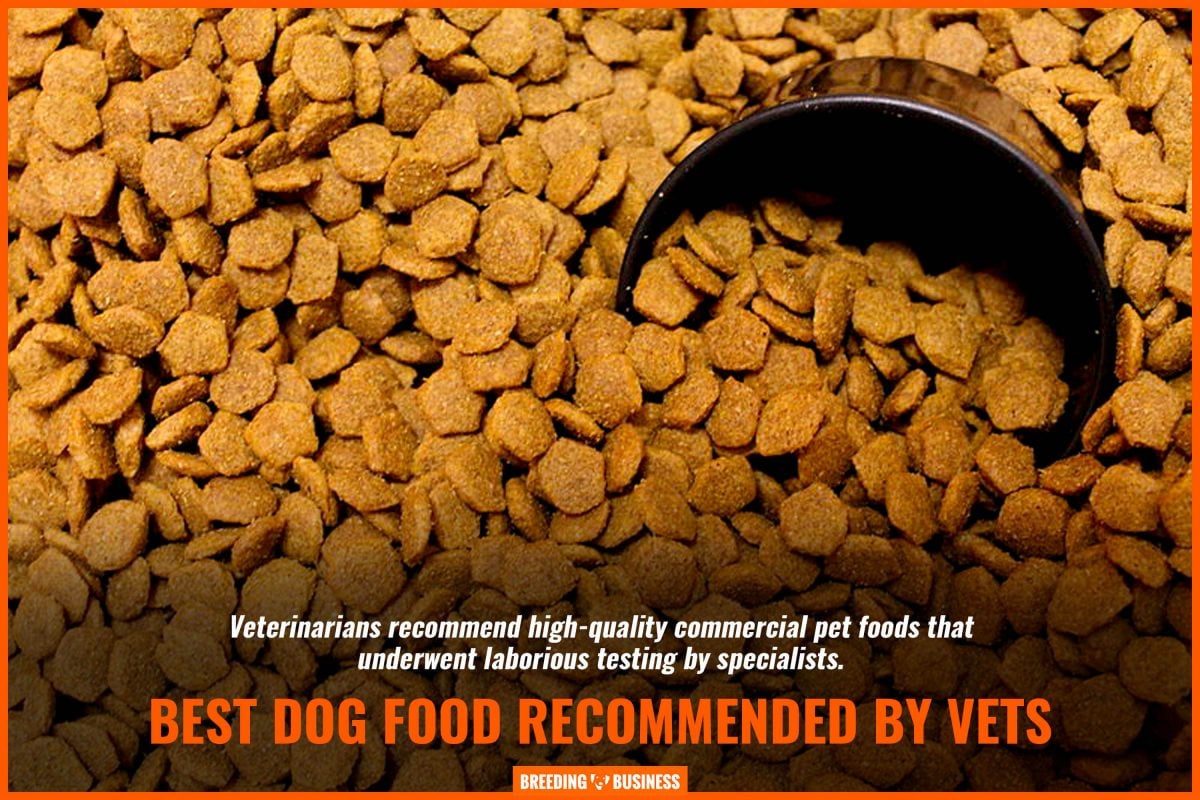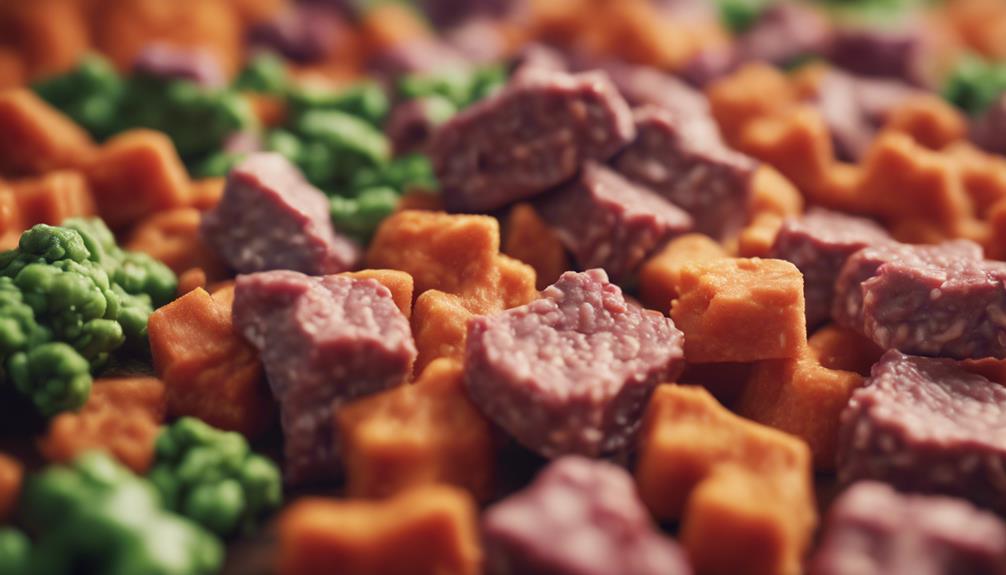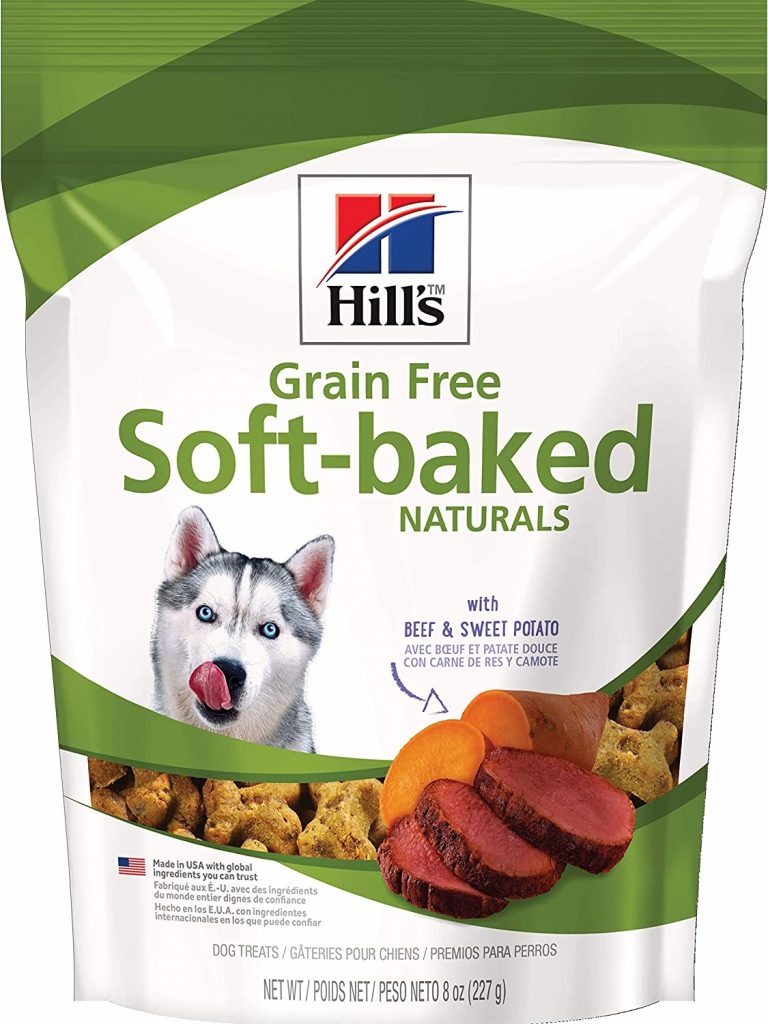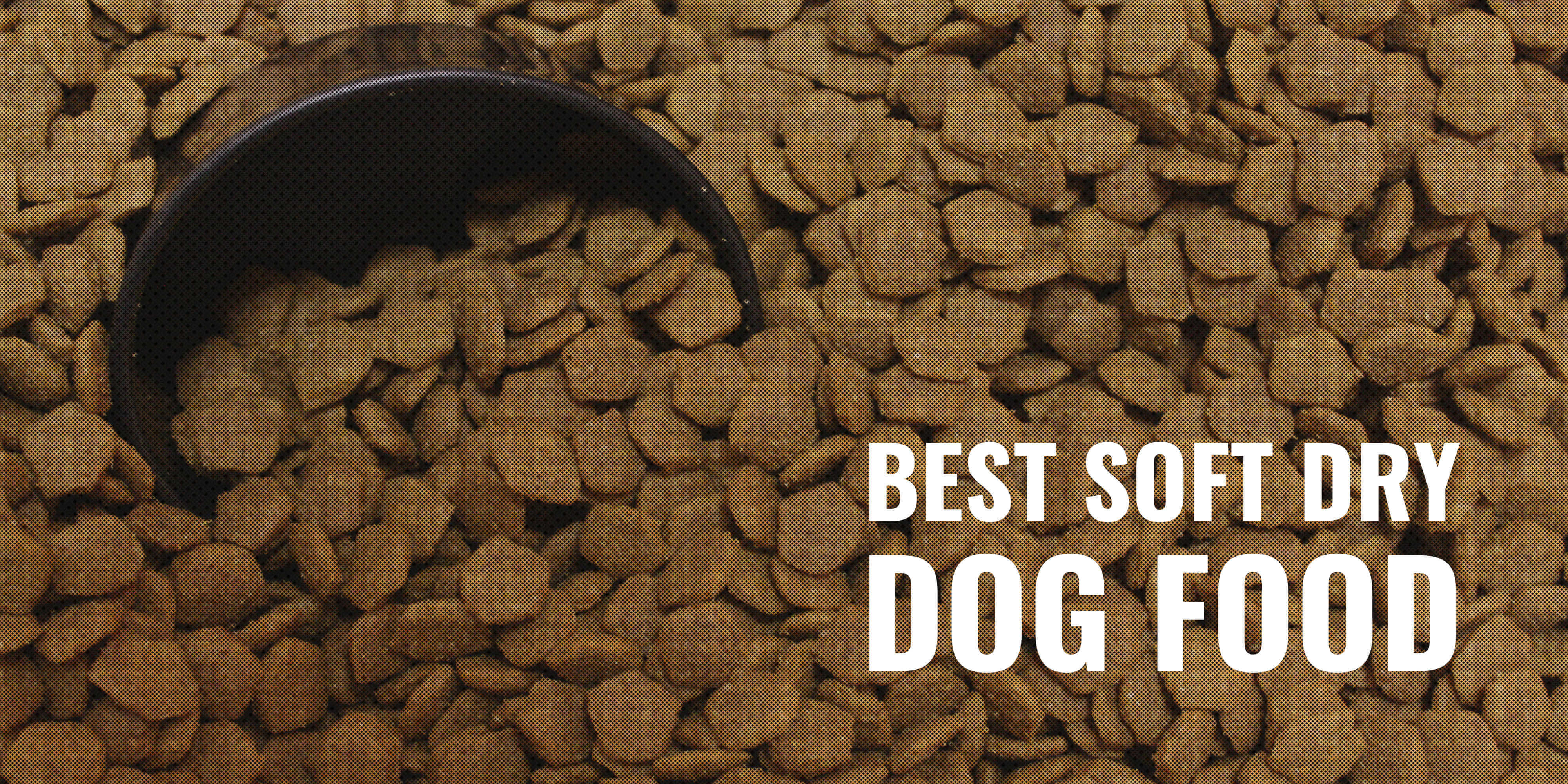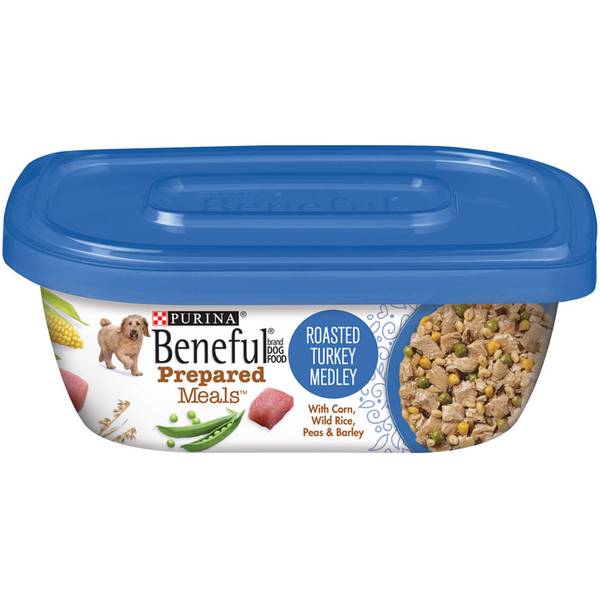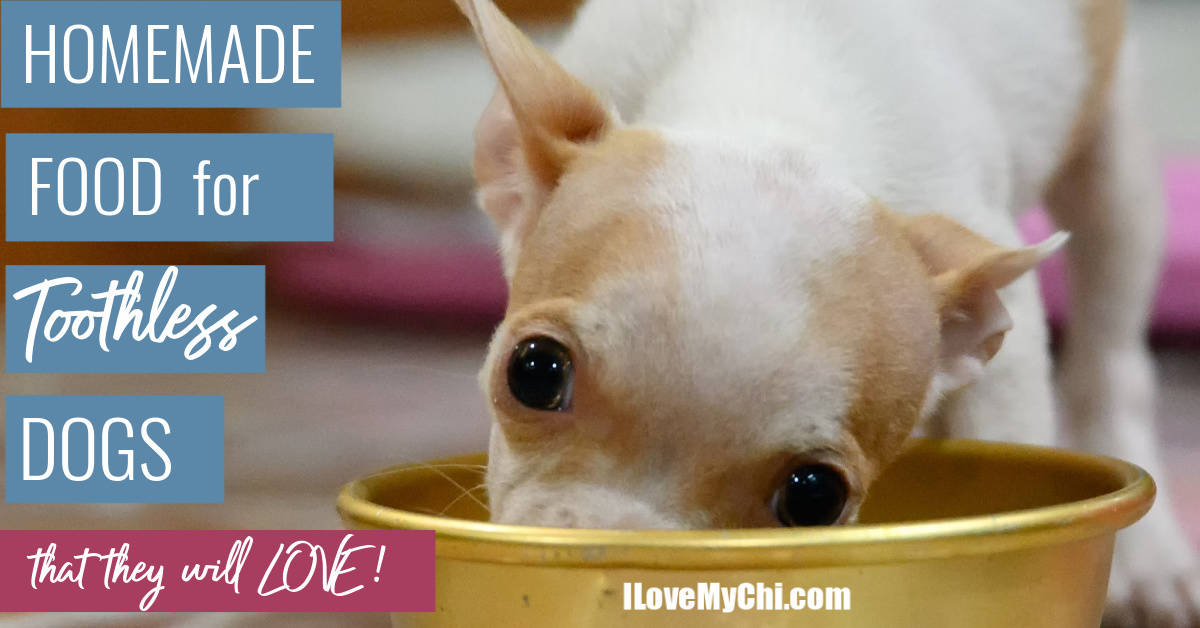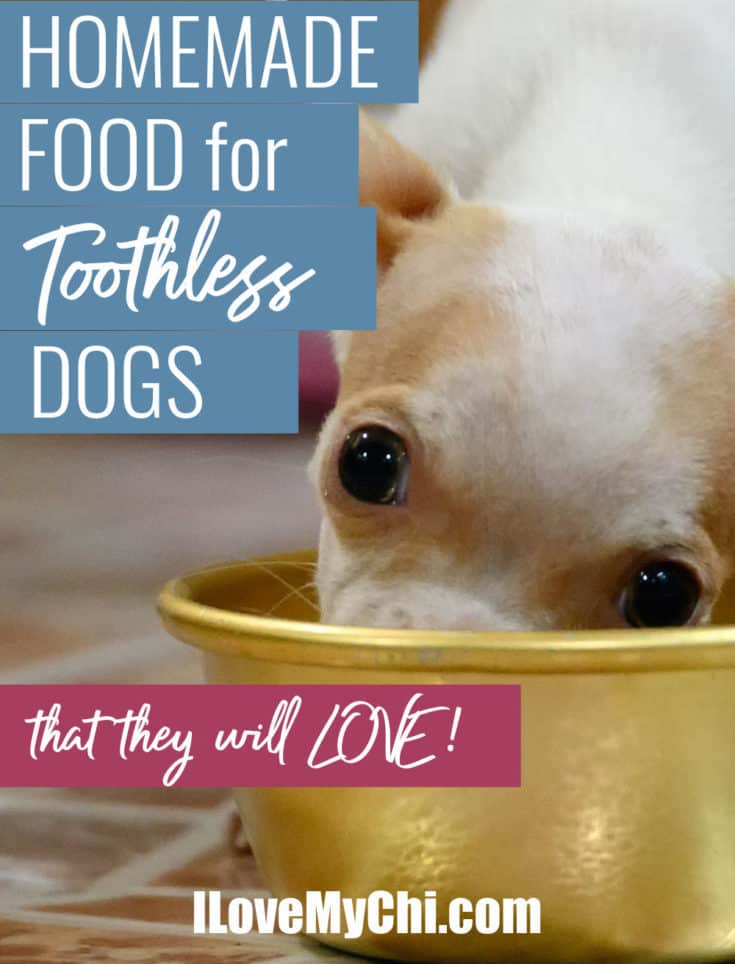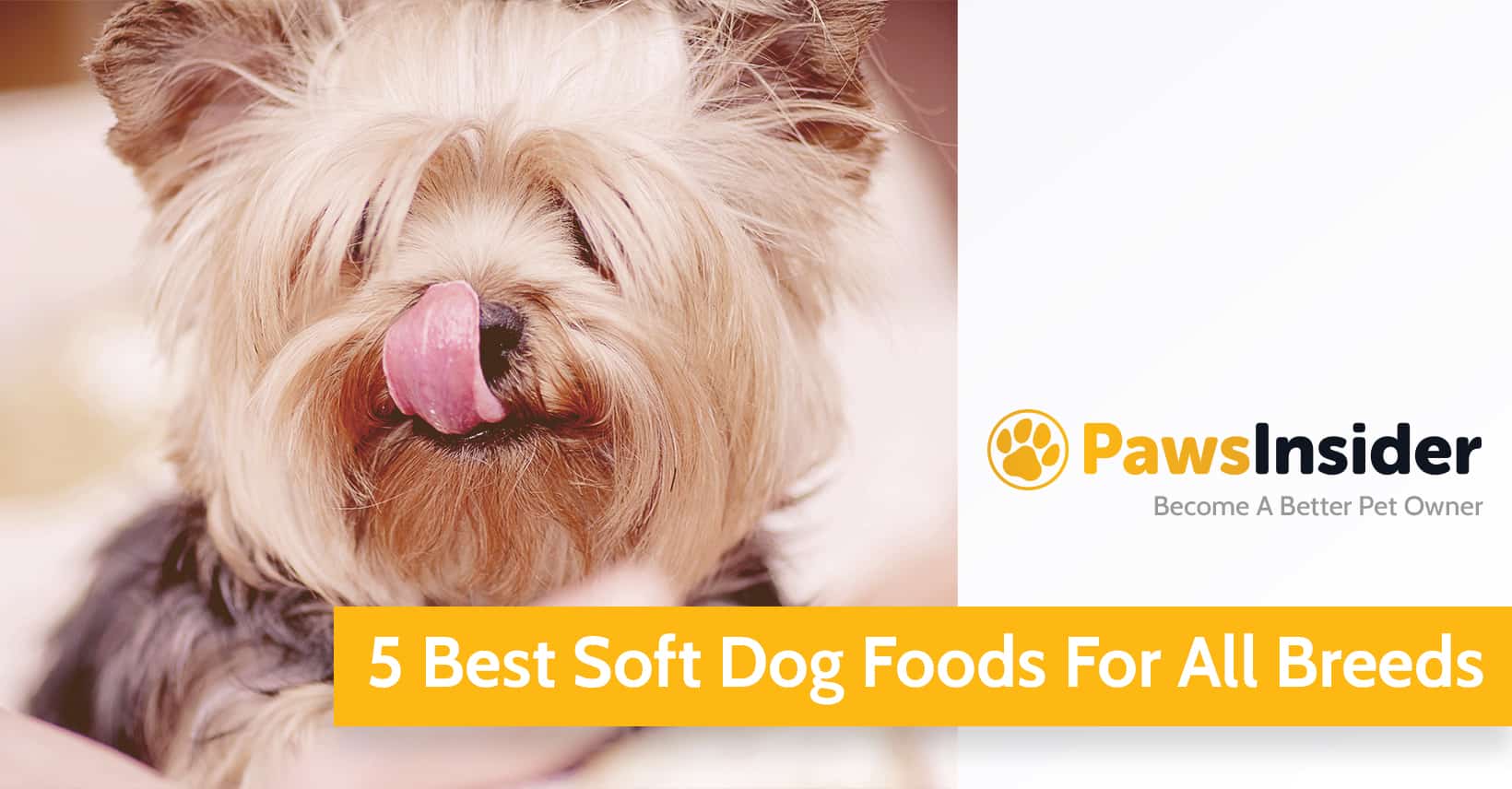Best Soft Dog Food For Small Dogs With No Teeth

Imagine a tiny, fluffy companion, eyes full of playful energy, but facing a unique challenge: no teeth. Picture them nudging a bowl of kibble, frustration evident in their whimpers. This is the reality for many small dogs, especially seniors or those with dental issues, and finding the right food can feel like an overwhelming task.
But fear not, loving pet parents! This article is a comprehensive guide to navigating the world of soft dog food specifically formulated for small, toothless dogs. We'll explore the best options available, discuss essential nutritional considerations, and offer practical tips for making mealtime a joyous experience for your beloved canine companion.
The Growing Need for Soft Food Solutions
The demand for suitable soft food for small dogs with no teeth is significant and rising. This isn't just about pampering our furry friends; it's a genuine need driven by an aging dog population and increased awareness of dental health.
According to the American Veterinary Dental College (AVDC), periodontal disease is the most common clinical condition in adult dogs. This can lead to tooth loss, making chewing difficult or impossible.
Small breeds are particularly susceptible to dental problems due to their smaller mouths and crowded teeth. Genetics also play a significant role, with some breeds predisposed to early tooth decay and loss.
What Makes a Good Soft Food for Toothless Dogs?
The ideal soft food for a small dog without teeth should be easily digestible and nutritionally complete. It should also be palatable and appropriately textured for comfortable consumption.
Moisture content is crucial. High moisture helps with swallowing and hydration. Look for foods that are described as "pâté," "stew," or "loaf" as these tend to have a higher moisture content.
Ingredients matter. Choose a food with real meat, poultry, or fish as the primary protein source. Avoid excessive fillers, artificial colors, and preservatives. A limited ingredient diet may be beneficial for dogs with sensitivities.
Key Nutritional Considerations
Protein is essential for muscle maintenance and overall health. Look for a food with a protein content of at least 25% on a dry matter basis.
Fat provides energy and supports healthy skin and coat. Aim for a fat content of around 15-20% on a dry matter basis.
Fiber aids digestion and can help regulate bowel movements. Ingredients like pumpkin or sweet potato can be beneficial.
"When selecting a soft food for a toothless dog, prioritize high-quality protein, appropriate fat levels, and easily digestible carbohydrates," advises Dr. Emily Carter, a veterinary nutritionist.
Top Soft Food Recommendations
While specific recommendations may vary based on your dog's individual needs and preferences, here are some highly regarded soft food options for small, toothless dogs:
Purina Pro Plan Veterinary Diets EN Gastroenteric Canine Formulas: This is often recommended by veterinarians for dogs with sensitive stomachs or digestive issues. It's highly digestible and comes in a palatable pâté form.
Hill's Prescription Diet i/d Digestive Care: Another vet-recommended option, this food is formulated to support digestive health and is available in a soft, easily consumable texture. It's important to consult with your veterinarian before switching to a prescription diet.
Merrick Lil' Plates Grain-Free Small Breed Recipes: These recipes are designed specifically for small breeds and come in a variety of flavors and textures. They are grain-free and often contain high-quality protein sources.
Wellness Complete Health Small Breed Recipes: Wellness offers a range of soft food options that are specifically formulated for small breeds. These recipes often include added vitamins and minerals to support overall health.
DIY Soft Food Options (With Caution)
While commercially prepared soft foods are generally the best option, there are times when a homemade solution may be necessary. However, it's crucial to consult with your veterinarian or a veterinary nutritionist to ensure your dog is receiving a balanced and complete diet.
Options might include cooked and pureed chicken, sweet potato, or pumpkin. Always avoid toxic foods like chocolate, onions, and grapes.
Be sure to thoroughly cook any meat or vegetables to eliminate bacteria. Use a blender or food processor to achieve a smooth, easily digestible consistency.
Tips for Feeding a Toothless Dog
Adjusting to life without teeth can be challenging for a dog. Here are some practical tips to make mealtime easier and more enjoyable:
Serve food at room temperature. Extremely hot or cold food can be uncomfortable for sensitive gums.
Consider elevating the food bowl. This can help reduce strain on the neck and back.
Offer smaller, more frequent meals. This can be easier to digest than one large meal.
Soften dry food with water or broth. If you prefer to feed kibble, you can soften it by adding warm water or low-sodium broth. Let it soak for a few minutes until it reaches a soft consistency.
Monitor your dog's weight and body condition. Adjust the amount of food you feed as needed to maintain a healthy weight.
The Importance of Dental Care (Even Without Teeth!)
Even if your dog has lost all their teeth, maintaining good oral hygiene is still important. Bacteria can still accumulate in the mouth and cause inflammation and infection.
Regularly clean your dog's gums with a soft, damp cloth or a specialized dental wipe. Your veterinarian may also recommend using a chlorhexidine solution to help control bacteria.
Schedule regular veterinary checkups. Your veterinarian can assess your dog's overall health and address any oral hygiene concerns.
Conclusion: A Happy, Healthy Life for Your Toothless Friend
Caring for a small dog with no teeth requires a little extra effort and attention. But with the right food, proper oral hygiene, and plenty of love, your canine companion can live a happy, healthy, and fulfilling life.
Remember to consult with your veterinarian to determine the best food and care plan for your individual dog. By prioritizing their nutritional needs and comfort, you can ensure they continue to thrive for many years to come.
Watching a small dog, once struggling with hard kibble, now happily lapping up a bowl of soft, nutritious food is a heartwarming sight. It's a testament to the power of informed caregiving and the unwavering bond between humans and their beloved animal companions.



